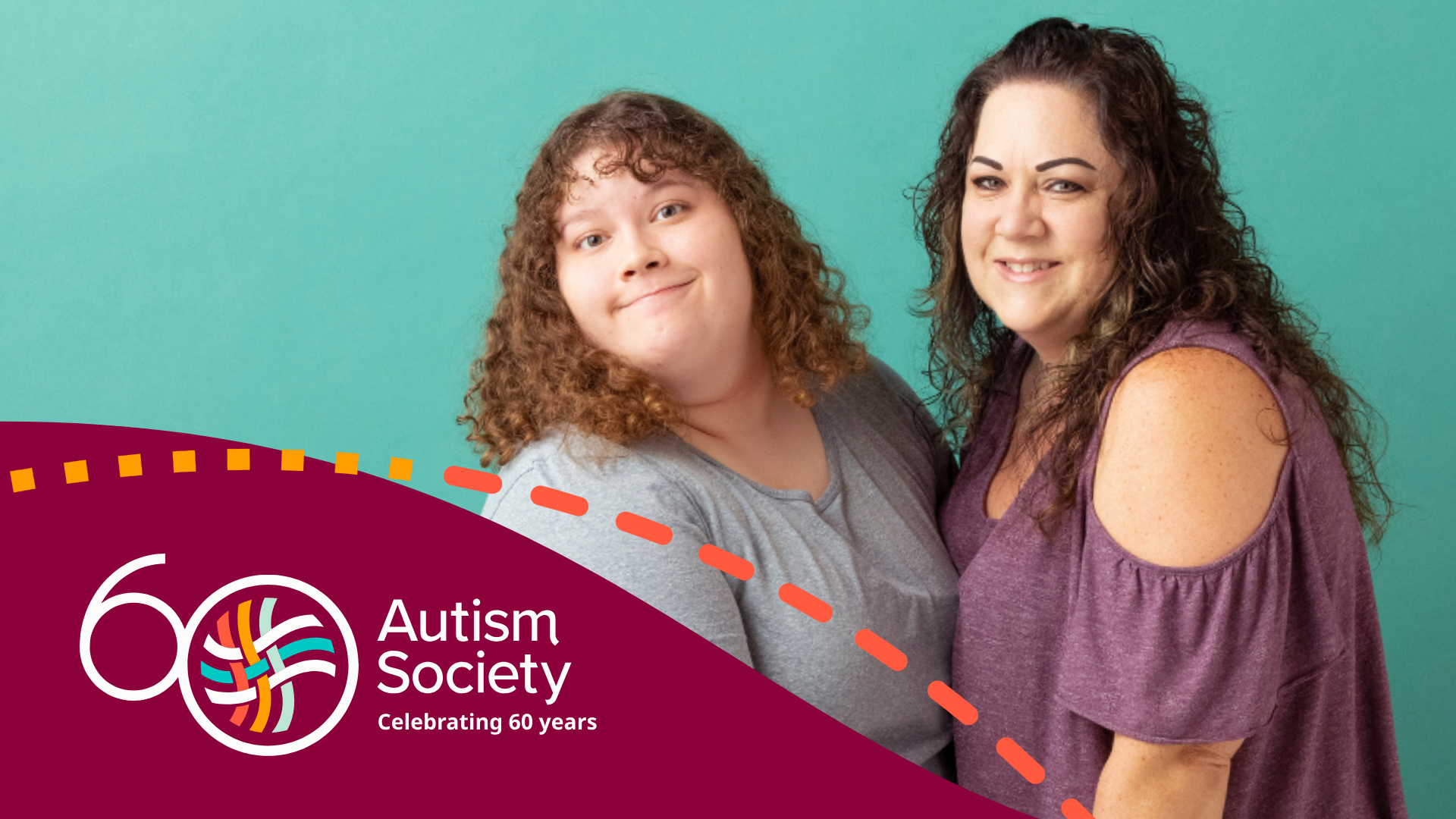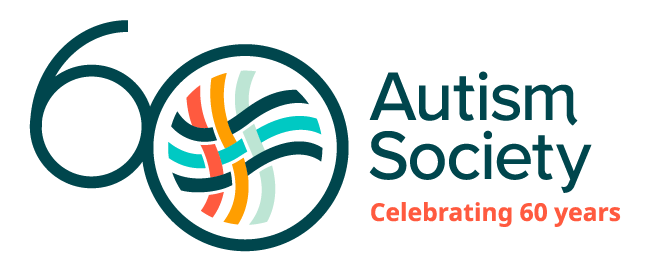
Written by: Nanette Elster, JD, MPH, Professor of Bioethics, Loyola University Chicago Stritch School of Medicine
ROCKVILLE, MD – May 1, 2025 – It is important to acknowledge that Autism is not limited to men and boys; women are also Autistic and deserve equal recognition and understanding. Autism in women may present differently and may require different supports, nevertheless, it does exist, and the continued dismissal and/or misdiagnosis of women creates a health disparity that requires reckoning. Only with heightened awareness and understanding can women achieve the necessary support and acceptance.
Autism diagnosis in adults is still in its infancy, with many clinicians not trained in diagnosing and treating adults. This is problematic as it may lead to underdiagnosis, late diagnosis, or misdiagnosis. All of which can lead to no care, inappropriate care, stigma and/or creation or enhancement of mistrust of health care. A range of factors have likely contributed to the under, late or misdiagnosis of Autistic women. A lack of understanding of Autism beyond childhood, inadequate training of healthcare providers and bias might offer some explanation. Additionally, the clinical presentation or manifestations of Autism in females may look different from that of males, with more females better able to camouflage or mask with fewer disruptive behaviors.
Only recently, however, have the different presentations of Autism in females begun to be recognized, but not before women have experienced misdiagnosis. Being misdiagnosed or not heard can lead to feelings of anxiety and even depression. Many adult women have been dismissed or overlooked as children because of their more adaptive social skills. When seeking diagnosis as adults, they are more often diagnosed with mental illness, and it may take as long as 10 years to receive an Autism diagnosis. The question is, however, whether the mental health diagnosis coexists with an Autism diagnosis or has misdiagnosis and dismissal led to acute symptoms of a mental health issue?
“Autistic women are more likely to be misdiagnosed with a mental health condition compared to males; particularly for those with average or above intellectual ability.” Some have even referred to this as diagnostic overshadowing:
Based on behavioral history, women may be more apt to receive diagnoses such as anxiety, mood disorders, learning disorders, and/or eating disorders rather than Autism. This phenomenon is called diagnostic overshadowing, which occurs when a person’s symptoms are attributed to a psychiatric problem versus an underlying medical condition or a developmental delay, such as Autism.
Because the focus of Autism has been primarily on children and male children in particular, women have been forced into suffering in silence and unable to access the supports they may need. While mental illness may co-exist with Autism, the treatments and support for mental illness may differ from those for Autism.
One of the factors that may contribute to this is that women are skilled at masking or camouflaging. Simply put, masking is “the process of intentionally, or unintentionally, hiding aspects of yourself to avoid harm.” It may mean hiding a self-soothing stim, rehearsing conversations, studying facial expressions, all in an effort to fit in and attempt to avoid making others uncomfortable and avoid being stigmatized. Masking takes its toll on those who mask, facing a higher risk of suicide than the overall population. While the risk of suicide in Autistic individuals is higher than the general population overall, research suggests that Autistic women are at greater risk of suicide than Autistic men and those who are transgender may be at even higher risk. This may, in part, be because masking may be a contributing factor to Autistic burnout. Raymaker developed the following definition:
. . .a syndrome conceptualized as resulting from chronic life stress and a mismatch of expectations and abilities without adequate supports. It is characterized by pervasive, long-term (typically 3+ months) exhaustion, loss of function, and reduced tolerance to stimuli.
Additionally, research suggests that more women than men tend to self-diagnose. With little trust or support, women, more than men may turn to self-diagnosis, which may, on one hand, be empowering and allow for a greater sense of inclusion or belonging, but it may also limit access to a range of supportive care and services.
Understand that for many women, misdiagnosis and not being heard can result in distrust, which in turn can lead to failure to seek care, seeking inadequate care, heightened masking and greater risk of developing depression, risk or even suicidality. If these reasons were not enough to take action, consider that the number of children diagnosed with Autism has grown exponentially over the last decade with the majority of those continuing to be male. How many girls and women are uncounted, untreated and unsupported? If we cannot answer these questions, we cannot take the steps necessary to meet their needs, potentially damaging their physical and mental health, economic stability and sense of community.
So what can be done? To begin to address these many concerns, clinicians, policy makers, educators and communities in general need to:
LEARN more.
Listen. First and foremost, listen to women, and do not dismiss them out of hand.
Eliminate inappropriate or biased screening tools and supports.
Awareness and acceptance of gender differences are needed to begin to rebuild trust.
Research that takes into account how Autism may manifest in and impact females differently than males is long overdue.
Negate stereotypes about women and mental illness, as well as gender stereotyping in the presentation of Autism.
Share:






